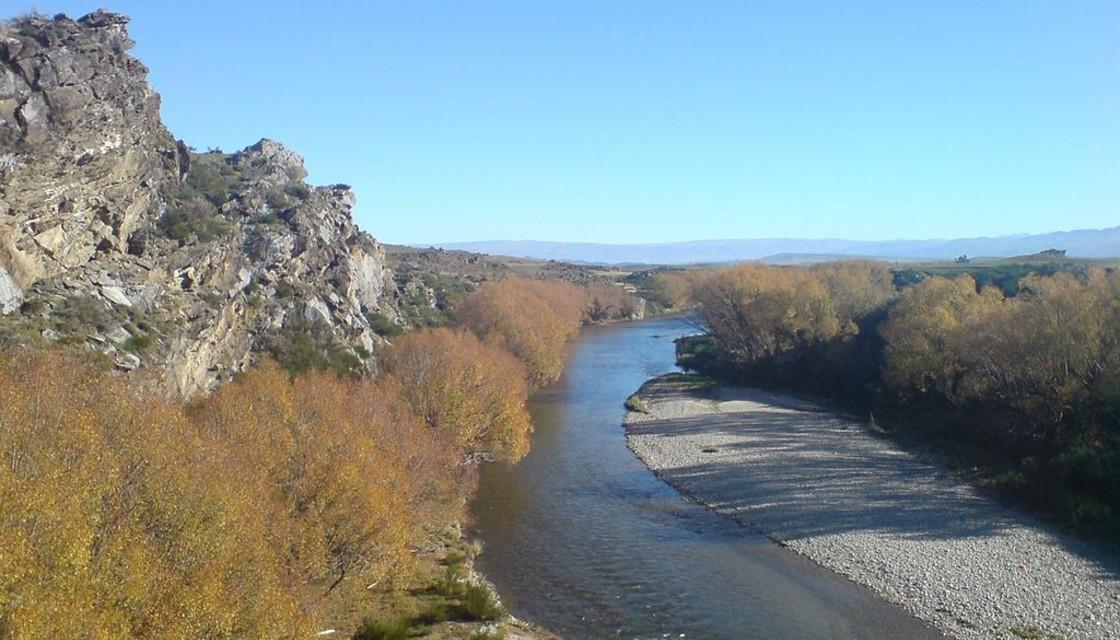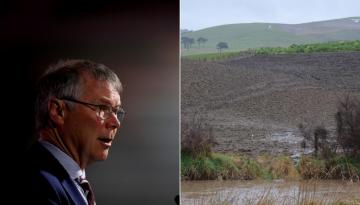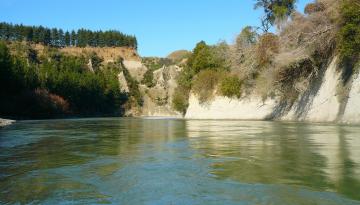
A number of community-led projects to clean up waterways in central Otago received a funding boost on Monday.
The projects will target the Manuherekia catchment, with funding coming from the At-Risk Catchment programme, which provides $12 million over four years to improve the health of the country's waterways. The Manuherekia is third exemplar catchment to be announced, along with Kaipara Moana and Te Hoiere/Pelorus.
"The Manuherekia rises in the Hawkdun Ranges and flows through some of New Zealand’s most stunning landscapes that inspired the paintings of Grahame Sydney and the poems of Brian Turner," Environment Minister David Parker said on Monday.
"It provides water for farming, viticulture and horticulture. It is also a popular place for people to swim, kayak and fish.
"However, the river is under pressure, with water quality declining and over-allocation of water reducing the minimum flow needed for ecological processes, such as providing habitat for wildlife, and for recreational use."
Parker said the Government would work with farmers and others in the community, including Treaty partner Ngāi Tahu, to understand "what can make the biggest difference" and then "what interventions to take".
Two projects being developed initially would provide a starting point for following work, Parker said.
One of these projects includes a 15km riparian planting, fencing and wetland restoration project in Thomson's Creek and an assessment of the fish passage and barriers for native galaxiids.
The other project aimed at improving knowledge of the mahinga kai and biodiversity values in the catchment to support further restoration work that will use complementary innovative and traditional technologies, Parker said.
"We are continuing to roll out our plan to clean up waterways. What we learn with Manuherekia will add to the knowledge gained from the Kaipara and Pelorus catchments."


